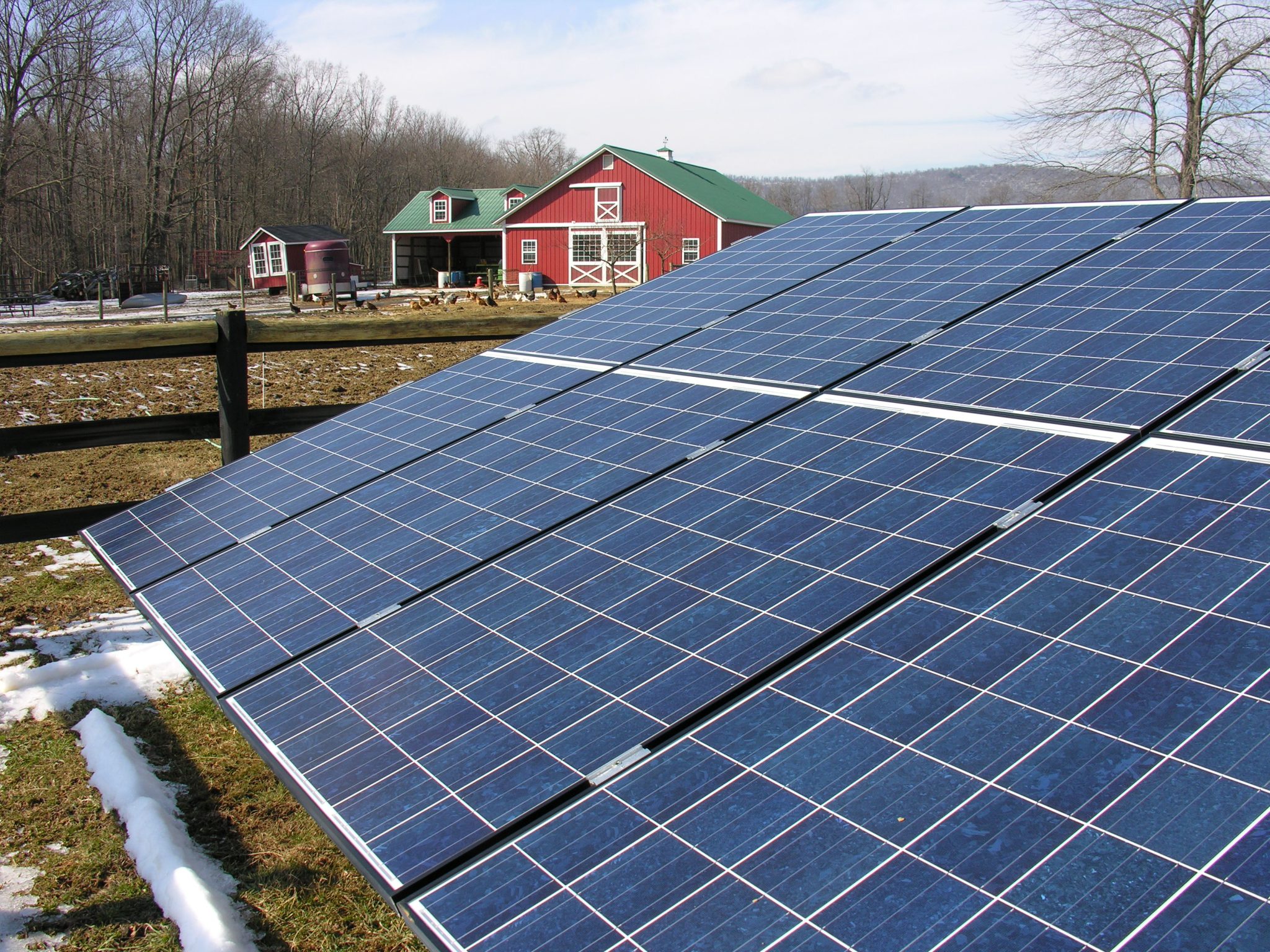Jon Hillis was educated at Penn State University, has over 25 years of commercial roofing experience and is Vice President for Prospect Solar and Project Manager/Estimator for Prospect Waterproofing, the District of Columbia’s largest green roofing installer.
Green Roofs + Solar Photovoltaic=Green Roof Integrated Photovoltaic, or GRIPV.
If you are employed in the construction industry you certainly have heard the first two terms and know what they mean. The third term may not be as familiar, but should be self-explanatory.
Green Roof Integrated Solar Photovoltaic GRIPV systems integrate solar, or photovoltaic systems, directly into the green roofing on a project. Although not a system prevalent in the US, these systems are being installed in Germany as competition for roof space between these eco-friendly installations increases. The main benefit of a GRIPV system is the symbiotic relationship between the PV system and the sedum plants. Provided shade-specific plants are installed in the location where the solar is being installed, the warmth of the solar panels provides for a longer growing season for the plants and the plants reduce the temperature beneath the solar module allowing them to operate up to 10% more efficiently.
Since Prospect Solar and Prospect Waterproofing are based near Washington, DC we have witnessed the explosion in both green roofing and rooftop solar. Through 2012 the District of Columbia has installed almost 1.5 million square feet of green roofing (over 700,000 SF of which has been installed by Prospect Waterproofing). The amount of green roofing in DC is 1st among US cities when compared to available roof space and includes twice the amount installed in Chicago and three times that installed in New York in 2012. Public and private initiatives through the DC Office of Planning, the District Department of the Environment, and the Anacostia Watershed Society assure that green roof installations will only increase and become the norm as the city must address storm water infrastructure and flood risks. The District will install an additional 2 million square feet of green roofing on public and private buildings by 2018.
On the solar side in DC, combining documented energy goals for the future with the 30% ITC, SREC market, and new legislation regarding property tax and community solar, the District of Columbia is set for an increase in small to medium sized commercial solar installations (25kW to 150kW). The current goals of the Sustainable DC plan are 20% of renewable energy by 2023 with at least 2.4% coming from solar generated in DC with an increase to 50% for all renewables by 2032. Solar PV Vegetative Roof, courtesy of Green Roof Technology According to the Institute for Local Self-Reliance the District of Columbia could generate 19% of its electricity from rooftop solar PV systems, but this value does not take into account roof space already occupied by green roofing, or space that will be occupied through new construction or renovations. This creates a scenario for competition for roof space between green roofing and solar that is not necessary as these installations are not mutually exclusive.
Integration of solar panels directly into the field of the green roofing (Green Roof Integrated Photovoltaic or GRIPV) on new projects where either or both have been specified should be seriously considered and this should be done in one simultaneous installation. For green re-roofing projects or new solar installations on existing properties a complete, turn-key, GRIPV system should be considered as well. If a rooftop GRIPV installation is desired after completion of the green roofing, the added cost of removing and reinstalling the soil and vegetation can increase the cost of the Photovoltaic system $1 to $3 per Watt. These costs will vary depending on the size of the project, soil depth, and plant replacement costs and may make these retrofits cost prohibitive.
